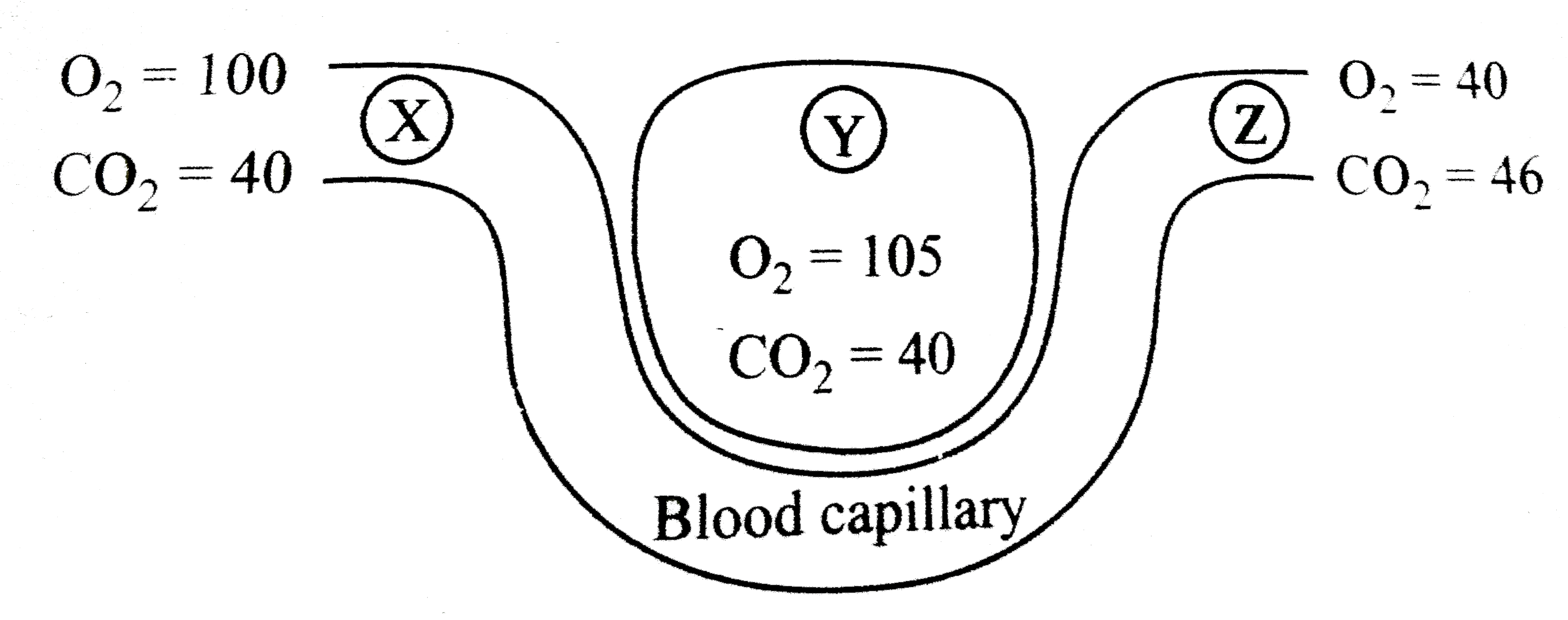What are the three pathways involved in the complete breakdown of glucose to carbon dioxide (CO2) and water (H2O) ? What reaction is needed to join two of these pathways?
To answer the question regarding the three pathways involved in the complete breakdown of glucose to carbon dioxide (CO2) and water (H2O), we can break down the solution into the following steps:
1. Identify the Three Pathways:
- The first pathway is Glycolysis. This process occurs in the cytoplasm and breaks down one molecule of glucose into two molecules of pyruvate, producing a small amount of ATP and NADH in the process.
- The second pathway is the Krebs Cycle (also known as the Citric Acid Cycle or TCA Cycle). This takes place in the mitochondria and processes the pyruvate produced from glycolysis into carbon dioxide, while generating ATP, NADH, and FADH2.
- The third pathway is the Electron Transport Chain (ETC). This occurs in the inner mitochondrial membrane and uses the electrons from NADH and FADH2 to create a proton gradient that drives the production of a large amount of ATP and ultimately reduces oxygen to water.
2. Identify the Reaction that Joins Two Pathways:
- The Link Reaction (or Pyruvate Oxidation) is the reaction that connects glycolysis to the Krebs Cycle. In this reaction, each pyruvate molecule is converted into acetyl-CoA, which then enters the Krebs Cycle.
3. Summarize the Complete Process:
- The complete breakdown of glucose to carbon dioxide and water involves glycolysis, the Krebs Cycle, and the Electron Transport Chain. The Link Reaction is crucial as it connects glycolysis to the Krebs Cycle, allowing for the continuation of cellular respiration.
Final Answer:
The three pathways involved in the complete breakdown of glucose to carbon dioxide (CO2) and water (H2O) are:
1. Glycolysis
2. Krebs Cycle (Citric Acid Cycle)
3. Electron Transport Chain
The reaction needed to join glycolysis and the Krebs Cycle is the Link Reaction.
- The first pathway is Glycolysis. This process occurs in the cytoplasm and breaks down one molecule of glucose into two molecules of pyruvate, producing a small amount of ATP and NADH in the process.
- The second pathway is the Krebs Cycle (also known as the Citric Acid Cycle or TCA Cycle). This takes place in the mitochondria and processes the pyruvate produced from glycolysis into carbon dioxide, while generating ATP, NADH, and FADH2.
- The third pathway is the Electron Transport Chain (ETC). This occurs in the inner mitochondrial membrane and uses the electrons from NADH and FADH2 to create a proton gradient that drives the production of a large amount of ATP and ultimately reduces oxygen to water.
- The Link Reaction (or Pyruvate Oxidation) is the reaction that connects glycolysis to the Krebs Cycle. In this reaction, each pyruvate molecule is converted into acetyl-CoA, which then enters the Krebs Cycle.
- The complete breakdown of glucose to carbon dioxide and water involves glycolysis, the Krebs Cycle, and the Electron Transport Chain. The Link Reaction is crucial as it connects glycolysis to the Krebs Cycle, allowing for the continuation of cellular respiration.
The three pathways involved in the complete breakdown of glucose to carbon dioxide (CO2) and water (H2O) are:
1. Glycolysis
2. Krebs Cycle (Citric Acid Cycle)
3. Electron Transport Chain
Topper's Solved these Questions
- RESPIRATION IN PLANTSBOOK - ICSECHAPTER - RESPIRATION IN PLANTSEXERCISE - TEST YOUR PROGRESS ( HIGHER ORDER THINKING SKILLS QUESTIONS (HOTS))
7 Videos
- RESPIRATION IN PLANTSBOOK - ICSECHAPTER - RESPIRATION IN PLANTSEXERCISE - NCERT EXERCISES WITH ANSWER
16 Videos
- RESPIRATION IN PLANTSBOOK - ICSECHAPTER - RESPIRATION IN PLANTSEXERCISE - TEST YOUR PROGRESS ( VERY SHORT ANSWER TYPE QUESTIONS )
20 Videos
- QUESTION PAPER -BIOLOGYBOOK - ICSECHAPTER - QUESTION PAPER -BIOLOGYEXERCISE - PART -II (Section -C)
6 Videos
- SAMPLE QUESTION PAPER 2 BOOK - ICSECHAPTER - SAMPLE QUESTION PAPER 2 EXERCISE - PART-II SECTION - C
6 Videos
Similar Questions
How do substances like carbon dioxide (CO2) and water (H2O) move in and out of the cell?
View SolutionWhat is the overall chemical equation for the complete breakdown of glucose to CO2 and H2O? Explain, how this is an oxidation-reduction reaction. Why is the reaction able to drive ATP buildup?
View Solution
Knowledge Check
The given diagram shows a blood capillary in close contact with structure Y. The relative concentration (in units) of carbon dioxide (CO2) and oxygen (O2) are given at three different sites.

Which of the following statements is correct ?Aa) Y is an alveolus and blood flow is from X to ZBb) Y is an alveolus and blood flow is Z to XCc) Y is a muscle and blood flow is from X to ZDd) Y is a muscle and blood flow is from Z to X
What would be the electron dot structure of carbon dioxide which has the formula CO2?
View SolutionMoles of glucose, which produce a total of 774 gm CO2 and water on complete combustion, is :
View SolutionIn which of the following reaction CO2 (carbon dioxide) is not released?
View SolutionIf 1 moles of ethanol (C2H5OH) completely burns to form carbon dioxide formed is about
View SolutionWhat is hybridisation of carbon in CO2?
View SolutionFermentation accounts for only a partial breakdown of glucose whereas in aerobic respiration it is completely degrated to CO2 and H2O.
View SolutionWhat volume of oxygen is required to burn completely a mixture of 22.4 L of methane and 11.2 L of hydrogen into carbon dioxide and steam? Equations of the reactions are given below. (Assume that all volumes are measured at STP.)
CH4+2O2→CO2+2H2O
2H2+O2→2H2O
View Solution
